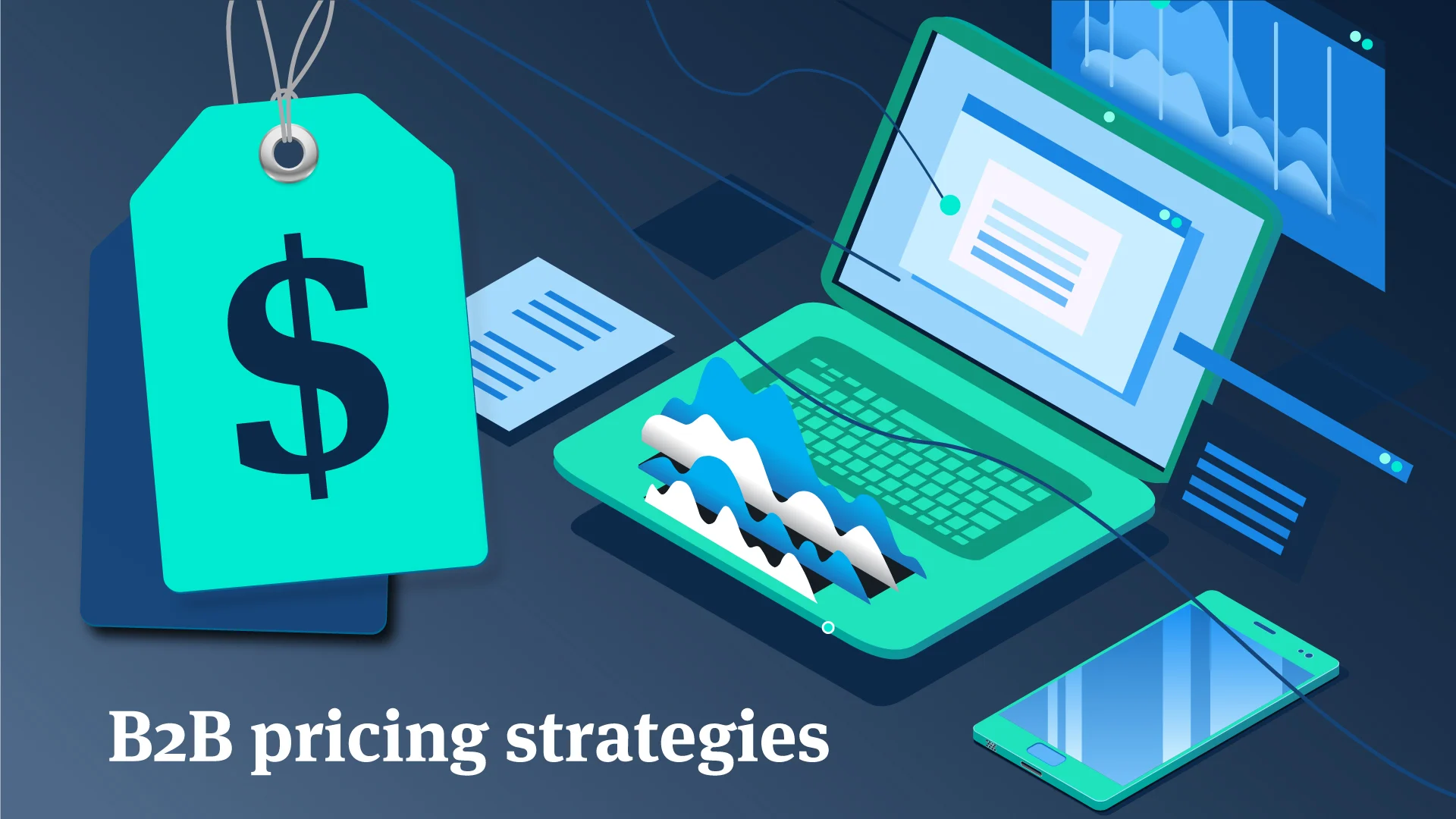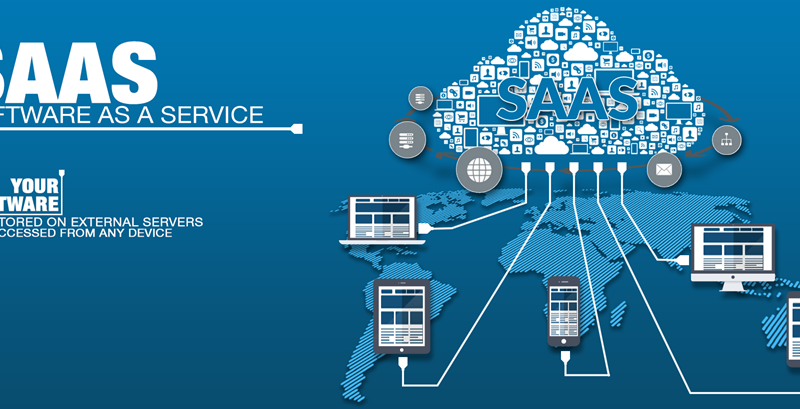B2B price strategy: The best thing for the organization

Company executives rapidly realized that implementing a system that allowed them to adjust price objectives in real-time at the buyer level, based on the actual facts, may help them optimize pricing. In another sense, they understood that dynamic pricing was required.
However, there were a few issues with these tools: the historical data was not clean, there was no competitive data, and sales teams didn’t trust the goes on sale and thus wouldn’t use them, because previous pricing tools had a reputation for making “theoretical” recommendations that didn’t match reality in the field.
B2B pricing software is being disrupted by digital technologies and platforms, pushing companies to reconsider their pricing tactics. These same technologies, fortunately, are also enabling this new element method, which has significant benefits for organizations that can effectively use it.
Although there is a growing interest in dynamic pricing, we find that most executives have a hazy knowledge of what it is and what its underlying benefits are.
- The core of any dynamic-pricing capacity in analytics.
There are various types of statistics, and the ones chosen are mostly determined by the aims of the company and the intricacy of its transactions. This is crucial: no single algorithm can govern them all; instead, each company must design its own dynamic-pricing engine to meet its specific goals, which are determined by the intricacy of its price interactions.
To fully utilize the potential of data, businesses must take a diversified approach to price. Statistical clustering approaches may be used to price huge assortments of items, such as in distribution or replacement parts, by grouping products with similar pricing behavior (based on recent sales data, product lifecycle, degree of competition, etc.).
- Shifting mindsets and developing skills
The presence of a competent dynamic-pricing engine will not inevitably affect the way salespeople think or perform. For example, if they feel that lower costs lead to more sales, they may fight suggested price increases for afraid of ruining volume.
Leading firms employ a variety of strategies to persuade salespeople to embrace dynamic pricing. The team developing the new dynamic-pricing methodology and tools, perhaps most critically, must include sales teams’ experience in the system from the start. Salespeople will recognize that their experience is a significant component of the new model since they are a part of the process rather than passive recipients of an ever-changing pricing list.
- Determine How Your Changes Will Affect Others
Each modification in your pricing strategy will have an impact on your sales volume or other promotional efforts in some way. Knowing when this adjustment occurred provides you with an idea of how successful the pricing modification you made was.
Grouping your product pricing for distinct categories of your audience is another strategy that, when utilized correctly, may reveal how your audience reacts to adjustments at different stages of the purchase cycle.
Increasing your pricing once you’ve established a market presence is a good idea, but how will this influence your sales volume and return on investment?
- It’s all about putting things to the test.
Testing is an important aspect of your price strategy, just like anything else in marketing. This testing will finally result in a flawless answer if you use price management software to back up your judgments.
The aim is to get to a point where your items are selling for the highest possible price while your ROI and income share are increasing.
These are some of the benefits of global pricing solution






